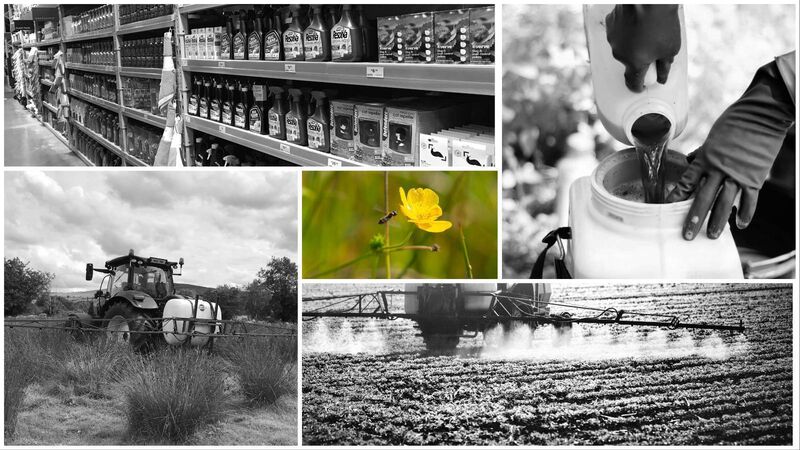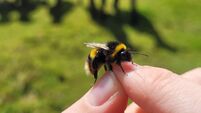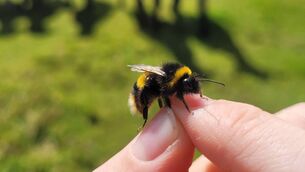Donal Hickey: Consider pesticide alternatives — especially close to drinking water sources

Leaving areas unsprayed can help native flowering plant species to grow and support a range of insects including bees and other vital pollinators. One-third of Ireland’s bee species are threatened with extinction and by helping the bee population survive and thrive we are also helping to protect our precious water sources
At a time when people with gardens of all sizes are busy, an appeal has been issued for care to be taken in the use of pesticides, especially close to drinking water sources.
Farmers, forestry developers, grounds keepers, and greenkeepers, who use pesticides on a much bigger scale than domestic users, are also, of course, included in the plea.
We’re talking about plant protection products used for the control of unwanted crop pests, such as weeds, fungi, and insects. The term ‘pesticide’ also includes herbicides used to prevent, destroy, or control plant growth.
Pesticides can enter water sources as a result of run-off from hard surfaces, gardening, agriculture or forestry.
There has been significant progress in recent years in reducing the impact of pesticides on drinking water sources, according the National Pesticides and Drinking Water Action Group (NPDWAG), made up of Government, farming and sporting organisations, such as golf clubs.
In 2022, there were 48 pesticide exceedances detected in public drinking water supplies as part of Uisce Éireann’s public water supply monitoring programme, from a total of more than 35,000 samples.
While exceedances have decreased, the action group emphasised that continued vigilance is necessary as careless use of pesticides could easily lead to a reversal of good progress.
Four catchment areas, where Uisce Éireann has found recurring pesticide exceedances from monitoring programmes, are prioritised for action. These are: Belturbet, County Cavan, Clonroche, County Wexford, Newport, County Mayo, and Foynes, County Limerick.
The advice is that pesticides should only be used where strictly necessary and only after the possibility of using other control methods has been carefully considered.
As well as helping to protect water quality, not using pesticides also has multiple wider environmental benefits. For example, leaving areas unsprayed can help native flowering plant species to grow and support a range of insects, including extinction-threatened bee species.
Where pesticide use is considered necessary, the NPDWAG continues to work with local communities to ensure that best practice measures to protect drinking water sources and biodiversity are always followed.
Dr Pat O’Sullivan, of Uisce Éireann, said: “While our consultation with the HSE has concluded that the levels we are detecting do not represent a threat to public health, they are still, however, undesirable in drinking water. It is therefore imperative that users of pesticides are mindful of best practice when using herbicides or pesticides and seek out alternatives.”
The highest number of pesticide exceedances encountered in Ireland’s drinking water contain MCPA, an active substance present in many commonly used herbicide products for the control of thistle, dock and rush.
The EU Farm to Fork strategy aims to reduce the use of pesticides by 50% by 2030.








